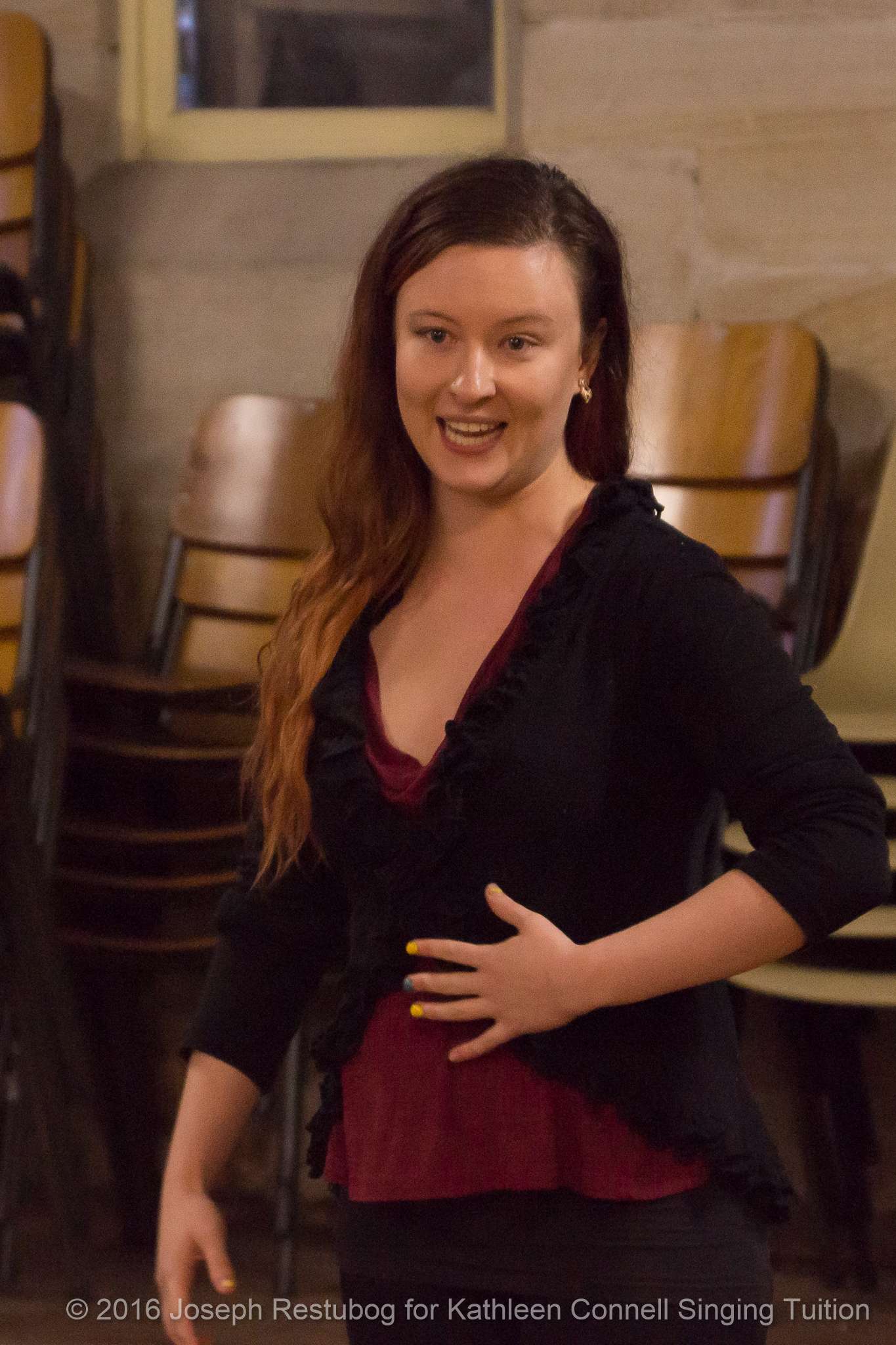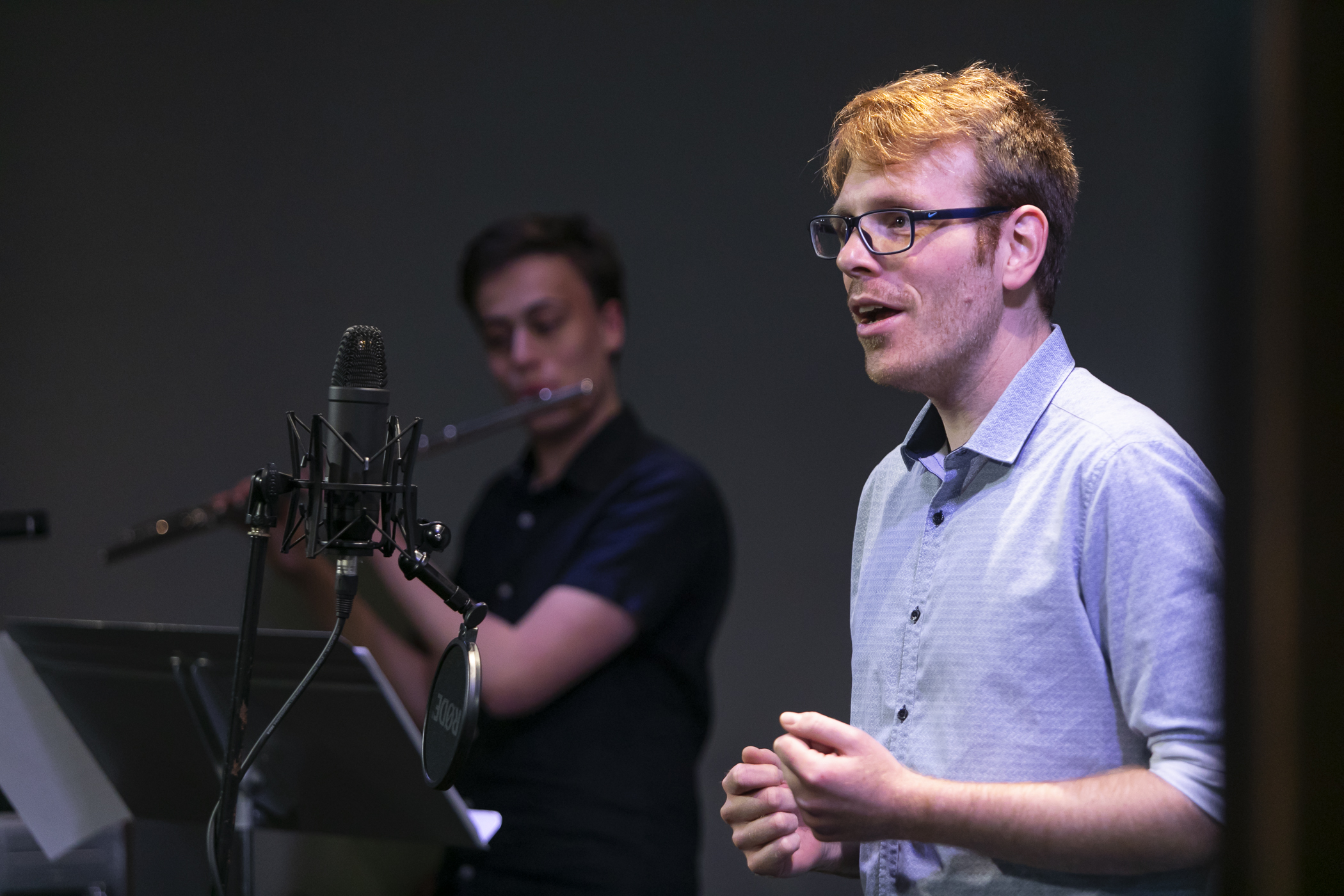How Accent Breathing Method improves your versatility as a singer
Whether you’re an aspiring, beginner or advanced singer, you know that sustainable breathing is crucial to singing. The science of breathing and the voice has seen many developments over the decades, and recently, I’ve introduced a technique called Accent Breathing Method (AMB) into training my studio singers. Over the next two articles, I’ll share some of its concepts and benefits for singers.
What is Accent Breathing Method?
Danish speech pathologist, Professor Svend Smith, developed AMB in the 1930s. The technique focusses a singer’s attention on abdominal action during the breathing cycle. Using repetitive patterns, firstly with fricatives, such as S, Z, ZZ, Sh, F or Th, a singer develops flexibility, engagement, dynamic movement and awareness in the abdominal muscle below the belly button. This strengthens and coordinates breathing on inhale and exhale. Singers of all levels and styles can benefit from AMB.
AMB is different from other breathing techniques for singing, as it develops your ability to take a quick, low, short breath that will support long phrases and complex intervals, but especially short in-breaths – as the beat and tempo of a song wait for no one!
Two well-known Australian exponents of AMB, whose research and teaching are globally recognised, are Queensland speech pathologist and researcher, Dr Ron Morris, and soloist and teacher, Prof Janice Chapman OAM. I have been fortunate to study with both, most recently Dr Morris.
How do I teach Accent Breathing Method?
While I’ll be mostly sharing Dr Morris’ techniques, one of Prof Chapman’s is especially easy to remember:

SPLAT. It stands for Singers Please Loosen Abdominal Tension.
It’s a fun prompt to quickly release your belly wall for an in-breath at the end of a phrase.
SPLAT means singers can quickly inhale through their mouth, into the lowest and largest part of their lungs. It is an efficient method of air intake and, importantly, is noiseless (no gasping or audible dragging of in-breath). The singer is also immediately ready for the next air flow and support, leaving the shoulders down and inactive, with less tension in the chest.
Past and current methods of breathing for singing encourage a strenuous inhalation which pivots the ribs cage outward, with the singer maintaining that stance. While AMB acknowledges that during high-pitched and highly-exertive singing, the lower ribs need to swing out, the initial and fundamental aim is to release the lower abdominal wall (SPLAT), then re-engage the muscle, sending the appropriate air pressure to the larynx and vocal tract. Singers who have learnt a strenuous breathing technique will need time to relearn habits and enjoy what Dr Morris calls the “suspiciously easy” flow of air to make sound.
In addition to developing singing fundamentals, including scales, tongue trills, lip buzzes, vocalise and songs, studio singers are learning AMB. Lessons start with habit forming, recognisable breathing exercises. Sometimes sitting, sometimes lying on the floor, sometimes hand in hand with the teacher, sometimes rocking back and forth on the feet. This gradually develops the skills singers need.
Some starter Accent Breathing Method exercises
If you’ve never tried AMB, here are some easy exercises. More advanced techniques will require a trained teacher’s assistance.

- Lay on your back on the floor, with knees bent. Breathe in and out from your belly and feel how it moves towards the ceiling on inhalation and down on exhalation. Use fricative consonants (V, F or Th) both as voiceless (without a vowel sound) and voiced (Zoo, Shoe, or Voice or Thin), to build the pattern, awareness and understanding required to form habit and muscle memory. Fricative sounds encourage a ‘resistance’ to the air flow, as the air hits the articulators (lips, tongue, teeth) that form the consonant. You’ll feel this in the abdominal area as a support to the air flow, as opposed to using pure vowel sound.
- Repeat exercise 1 while standing and sitting, using short, but energetic breaths. Observe your posture and adjust if needed: unlock knees; relax shoulders and draw gently back; head held with ease while remaining moveable; chest open and calm during the breathing movement. Place a flat hand on your chest. As you practise the inward move of your belly exhalation, your chest will rise slightly. This means you are doing the action well.
- Lay on the floor again, on your side, with your arm under your head for support, and place a hand on the fleshy part between your low rib and top of pelvis. This time, you perform a more vigorous out-breath that incorporates a second ‘bouncing’ action, where the side muscle pulses, or bulks out. Initially, this may take time to notice, but with practice the movement will become agile.
Once you are used to these exercises, you can practice them daily – without having to lie down. Add them in while you wait for the bus, while the washing machine finishes its cycle, when you go for a walk. AMB offers physical and emotional benefits too: it improves posture and energy, and relieves stress and upper body tension. For singing, it builds strength, flexibility, awareness and confidence, making performance ‘suspiciously easy’.
Curious about how AMB can improve your singing? Kathleen Connell makes learning to sing fun and rewarding, for singers of all levels. Browse our in-person or online training options, or call 0402 409 106.




